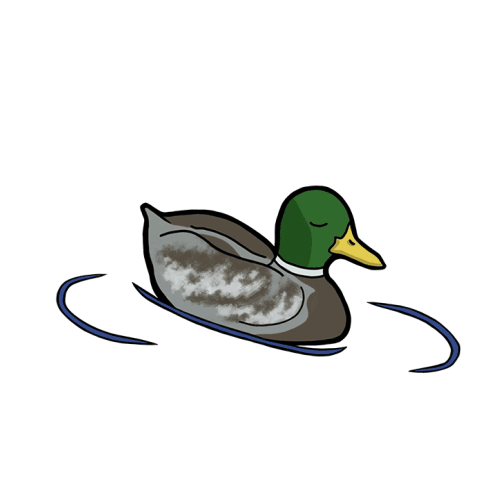Noah Dantes
Managing editor
ngdantes@willamette.edu
Willamette’s transition to distance learning on March 16 required professors to alter their courses and students to adapt to those changes. Distance learning, while challenging for most professors and students across disciplines, poses unique challenges to several classes in the arts, including studio art, theatre and ballet.
Following the implementation of social distancing measures, the Theatre Department has cancelled the rest of its shows for the semester. According to first-year Nikolette Olson, the current plan of the department is not to run the play that was cancelled next semester and instead start fresh. Olson was to be an assistant stage manager for the cancelled play, “Blood Wedding.”
Olson spoke to some of the difficulties facing her classes: she is currently in “a Meisner class, which is an acting class that is especially focused on connecting with your partner and being in the same room with them.”
Junior Gabriel Honeycutt is also in the Meisner class. “We do all the exercises, we’ll break off with partners into breakout rooms. The struggle is you have two to three things you're looking at the same time, partner, webcam and script. If you look at a webcam you give them eye contact, but you can't see their eyes.” Honeycutt said that while mutual eye contact is impossible over Zoom, it’s essential for Meisner work. He added that the class would be even more difficult if the students in the class weren’t already comfortable with each other.
Olson shared a similar sentiment, saying, “What the class has become is less about the actual practice of Meisner work and more about the theory, but as someone trying to strengthen performance skills, it’s pretty unfortunate.”
Senior Claire Read described some of the challenges faced by studio art students. Before distance learning, all studio art classes met twice a week for two hours, with Fridays serving as designated studio days, where students had three hours to work on their various projects. Most of the time in class was dedicated to having students create art in the same space, which is something not possible under distance learning. Students are now creating art by themselves.
“My etching class still meets at the same time, just as a check-in thing. Keeping up regularity. Classes are a lot shorter, less than one hour, and my last three etching classes have been optional. If we have questions we can ask them there,” Read said. She’s been taking advantage of the optional classes so far: “I’m very much a verbal processor and need to talk things through with other people.”
Read is also in a printmaking class. One project got removed from the syllabus “and we just have one more for closure. It’s very hard to do the typical things we do—the professor made packets to take home with the supplies. They worked very hard before distance learning to get everyone the materials.”
Distance learning has also posed a challenge for many seniors in studio art working on their theses. Normally, seniors display their theses at Hallie Ford but, due to social distancing and the museum’s closure, this cannot be done. “We’re looking to post online on a website and present our work [in person] after it’s all over. A lot of us do interactive work so it’s hard. We’re trying to document everything so we can present later,” Read said.
However, Read said that her professors have been accommodating. The professor of the etching class, Kathryn Cellerini Moore, helped Read make up one of the mandatory classes she missed over office hours. “My professors have been really good with communicating with me,” she said. According to her, there are several grants out for artists right now, which is something she only found out through social media posts by her professors.
Senior Maggie Grogan described how her ballet class was organized before distance learning: students would begin class on a ballet bar and would be led through several moves integral to ballet by professor Anne Joslin, including plies and tendus. If the student was comfortable, Joslin would give physical contact adjustments to their form.
“This is one of the most important things in ballet. They are a lot easier than verbal corrections because you can feel it,” Grogan said. These physical contact adjustments are impossible to have under distance learning.
The class itself is no longer live. Instead, Joslin “sends out videos of her dancing, usually a bar warmup. She’ll go through every exercise, she’ll give us queues verbally and since the class has gone on for a few months we know the verbal queues. At least with the timing people know terminology,” Grogan said.
Then, students record themselves completing the exercises and send the video to Joslin for corrections. Grogan commented on the extra work necessary by Joslin: “She has to watch everyone’s videos individually. It’s not as great as in-person, but it puts more pressure on her than us. She has to go through all these videos and email us individual notes... She has a great attitude about it.”
Honeycutt is also in the ballet class. He commented on the difficulty of the new class format for him: “For ballet, I have to move my furniture to record. I’m a tall guy in a small apartment. I don’t have someone to record me, and I do it from my phone.” However, he said that Joslin has been accommodating and understanding of the challenges he faces.

Comentarios